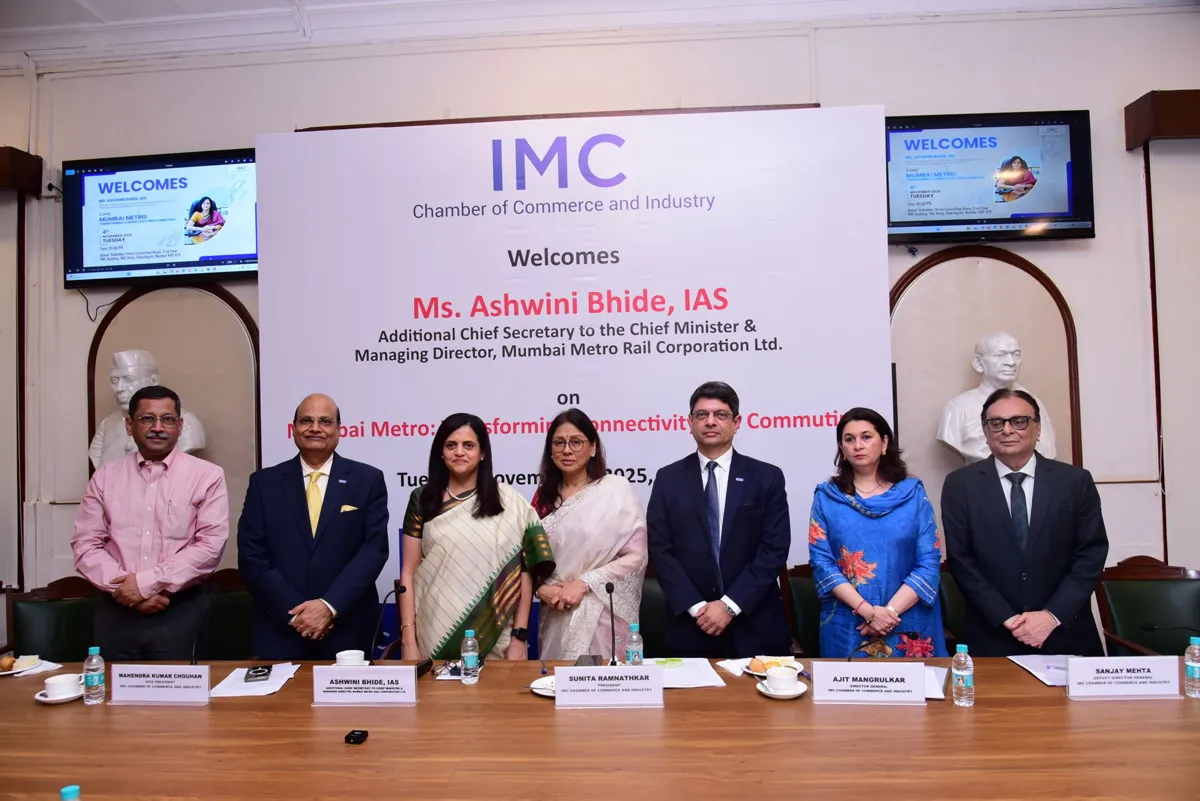Real estate construction projects are monumental undertakings that demand meticulous planning and strategic management. These complex endeavours require a delicate balance of various elements to ensure success, from precise budgeting to innovative technology integration and sustainable practices.
At the heart of every successful construction project lies accurate budgeting and rigorous cost control. These fundamental aspects not only help in securing initial funding but also play a crucial role throughout the project lifecycle. By enabling real-time progress monitoring and facilitating timely adjustments, effective cost management prevents overruns, minimises delays, and maintains positive relationships with stakeholders. Project managers employ various cost control techniques, including value engineering, strategic negotiations, and robust contract management, to keep expenses in check while maintaining project quality and timelines.
Harnessing technology
In the modern construction landscape, technology has become an indispensable tool for enhancing efficiency and reducing costs. From streamlining processes to improving communication and optimising building systems, technological solutions are revolutionising how projects are managed. Project management software has emerged as a game-changer, offering real-time tracking of expenses and progress. This capability empowers project leaders to make quick, informed decisions and significantly reduces the risk of cost overruns. Project management software allows real-time tracking of expenses and progress, facilitating quicker decision-making and reducing the chances of cost overruns.
A project plan is a detailed study conducted during the initiation of the project, which is a collection of all documents related to the planning of the project, gathered in one place. As such, it is supposed to serve as a single point of reference that the project manager (PM) will refer to daily, throughout the project execution phase.
Factors influencing construction costs
Real estate construction project costs are influenced by a complex interplay of factors. Material and labour prices fluctuate with market conditions, while site-specific challenges like soil quality and environmental restrictions can lead to unexpected expenses. Design changes and scope creep during construction often result in cost increases. Regulatory compliance and permit acquisition add to the financial burden. Inflation affects long-term projects, gradually increasing expenses over time. Project complexity, location, and timeline all play crucial roles in determining costs. The integration of new technologies, while potentially beneficial in the long run, can initially inflate budgets.
Market conditions, including supply chain disruptions and resource competition, impact overall expenses. Sustainability requirements may increase upfront costs but offer potential long-term savings. Various risk factors, such as weather-related delays or unforeseen structural issues, can lead to additional expenditures. Financing costs, determined by interest rates and loan terms, contribute to the total project expense. Finally, the efficiency of project management itself significantly influences cost control and project success. Understanding and anticipating these diverse factors is essential for accurate budgeting and effective cost management in real estate construction projects.
Effective cost control techniques
Cost control techniques in real estate construction projects are essential for maintaining financial stability and ensuring project success. Key strategies include value engineering, which optimises design without compromising functionality, and rigorous contract management to prevent overruns. Effective negotiation with suppliers and contractors can lead to favourable terms and pricing. Implementing robust project management software enables real-time tracking of expenses and progress, facilitating quick decision-making. Regular cost reviews and forecasting help identify potential issues early. Timely decision-making and clear communication channels among stakeholders are crucial for addressing changes efficiently. Additionally, utilising alternative materials and methods, when appropriate, can yield significant cost savings without sacrificing quality. These techniques, when applied consistently, contribute to more predictable and manageable project costs.
Benefits of sustainable construction
Sustainable construction has emerged as a critical approach in the modern era due to the pressing need to address environmental challenges and promote responsible resource utilisation.
It goes beyond traditional construction practices by considering the long-term
impact of buildings and infrastructure on the environment, society, and the economy.
1. Environmental preservation: By incorporating eco-friendly practices and materials, sustainable construction reduces environmental degradation, conserves natural resources, and mitigates climate change impacts.
2. Energy efficiency: Sustainable buildings use less energy for heating, cooling, and lighting, leading to reduced energy costs and lower carbon emissions.
3. Resource conservation: By promoting the use of recycled and renewable materials, sustainable construction minimises resource depletion and waste generation.
4. Improved Indoor environment: Sustainable buildings prioritise indoor air quality, natural lighting, and thermal comfort, enhancing the well-being and productivity of occupants.
5. Long-term cost savings: Although sustainable construction may have higher upfront costs, it offers long-term cost savings through reduced energy consumption, lower maintenance expenses, and potential incentives such as tax benefits and certifications.
6. Enhanced reputation: Sustainable construction practices contribute to a positive corporate image, attracting environmentally conscious clients and stakeholders.
7. Social benefits: Sustainable construction projects often consider social equity, accessibility, and community well-being, fostering a better quality of life for residents and surrounding communities.
Overall, sustainable construction aligns economic, environmental, and social objectives, creating buildings and infrastructure
that are resilient, efficient, and socially responsible.
Effective management of design changes is crucial for construction project success. Key strategies include establishing open communication channels with all stakeholders, proactive planning, and comprehensive risk management. Anticipating potential changes early and developing contingency plans
helps minimise disruptions to
time and budget. Involving stakeholders in decision-making ensures transparency and efficient problem-solving. Learning from past projects allows teams to implement preventive strategies. Rigorous budget monitoring and a clear change review process are essential. By combining these approaches, project managers can navigate design changes more effectively, maintaining project progress and adaptability. This proactive stance results in more resilient project management and improved outcomes.
In conclusion, successful
real estate construction project management requires a holistic approach that balances cost control, technological integration, sustainable practices, and
effective change management.
By focusing on these key
areas, project managers can navigate the complexities of construction projects and deliver successful outcomes.
About the author
Ashok VS, MRICS, Senior Director and Head, Cost Management, JLL, heads the cost consultancy business for JLL India and drives key business initiatives. He has over 25 years in all aspects of cost and project management. He has been associated
with reputed multi-national organisations
in India and the Middle East.




















